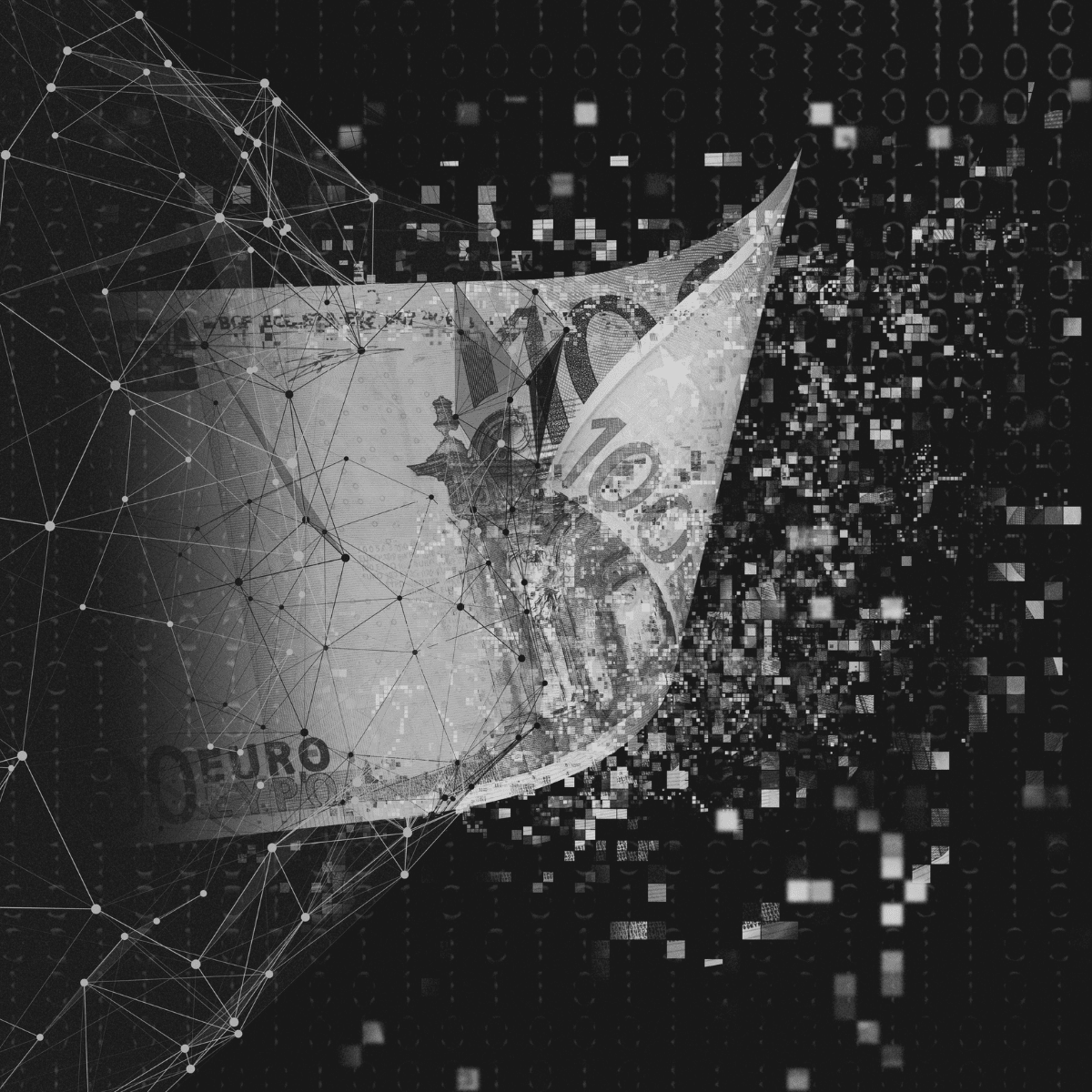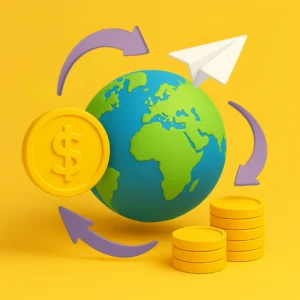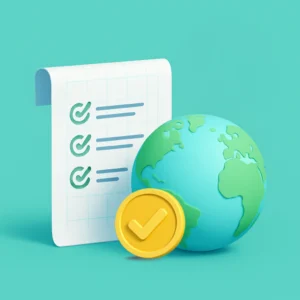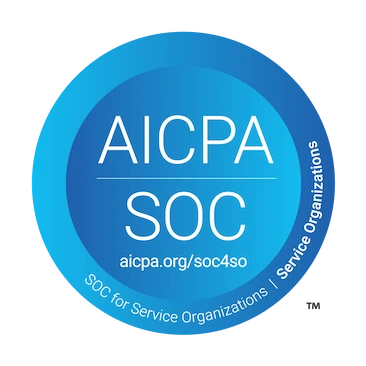EFT and ACH are both types of electronic payments. To start with, ACH is a type of EFT (electronic funds transfer) payment. ACH, which stands for the Automated Clearing House, moves funds from one bank to another. EFT payments are an umbrella term that includes ACH payments, wire transfers, and all other types of digital payments.
1. What are EFT Transfers & Payments?
EFT Definition
EFT – Electronic Funds Transfer– is an umbrella term for transferring money from one bank account to another and includes payments such as ACH transfers and wire transfers. EFT payments are processed by banks using the Automated Clearing House (ACH) and are not just one specific type of payment.
EFTs are becoming increasingly common for B2B payments as many businesses shift from traditional paper checks towards more efficient, lower-cost payment methods such as ACH. Other transaction types considered EFT include direct deposit, ATMs, virtual cards, eChecks, and personal computer banking.
As traditional paper processes become digitized, computerized systems like EFT transactions will continue to grow and evolve. Activities such as utility bill payments have traditionally been paper-intensive, requiring physical statements, invoices, checks, and receipts. These processes now primarily take place online.
Note: When you make an international EFT, providing the recipient’s IBAN helps ensure that the funds reach the intended destination without unnecessary delays or errors.
2. What are ACH Transfers & Payments?
ACH payments are increasingly becoming the go-to payment method for domestic money transfers across many sectors. Also referred to as eChecks or electronic checks, ACH is a reliable, efficient, and cost-effective way to move funds between accounts without writing and mailing checks. A primary differentiation of ACH payments is the batch processing method. Checks or even wire transfers are generally processed one transaction at a time. The clearinghouse system leveraged by the ACH network processes inter-institution transfers in groups or batches.
ACH has become common as a payment method for payroll (direct deposit) and recurring utility payments (auto bill-pay). B2B payments are also increasingly leveraging the ACH network, and these business or accounts payable payments account for a large portion of the network’s overall growth.
3. Switching from Paper Checks to Electronic Transfers
One of the best ways to save money every month when you make affiliate or publisher payouts is to offer and encourage electronic payment options instead of paper checks. Electronic funds transfers are fast, simple and save you time and money. Here are two reasons why you should add online payment methods today.
Mailing Checks is Slow
One of the most significant downsides of using paper checks to make mass payments is it is slow. The process is dependent on the physical transfer of the checks from where you drop them off to their final destinations. You can save time by immediately transferring the money through an electronic option, no matter what time of day it is.
Checks Are Harder to Track
Once you make your payment, the waiting game starts to make sure it arrives on time. Electronic options are easy to track, and you can receive an email confirmation when the payee receives funds.
4. More EFT Payment Methods
Because EFT is a broad term with no official definition, several other payment methods can be considered electronic funds transfers. Other methods include ACH, wire transfer, PayPal, direct deposit, SEPA payments, local bank transfers, and e-wallets.












